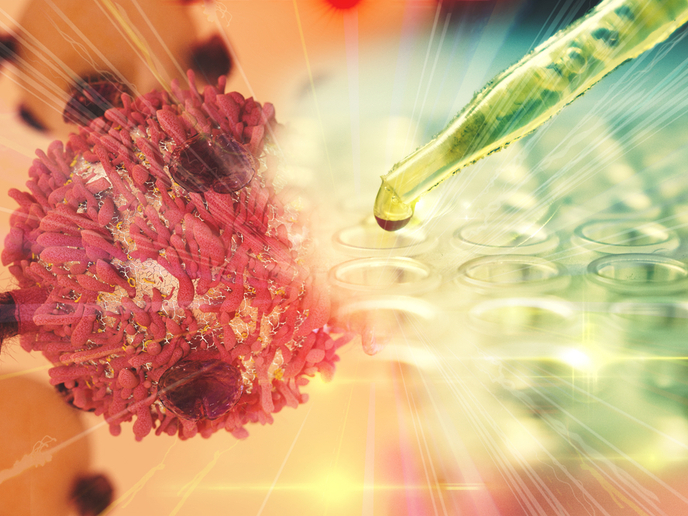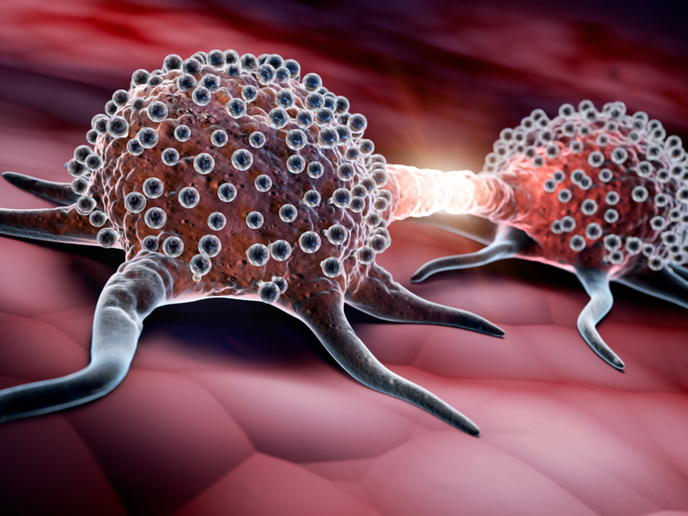Cytogenetics unravel the mysteries of ionising radiation-induced chromosomal aberrations
Chromosomal aberrations have been found to be responsible for hereditary defects and cancer development. When cells are exposed to ionising radiation, chromosomal aberrations are induced and their analysis constitutes a key approach to assess radiation exposure results. This project focused on the study of all mechanisms involved in the ionising radiation induced chromosomal aberrations from the initial DNA damage to the final quantification of aberrations. Aided by innovative technologies including increased resolution molecular cytogenetics, availability of cell lines and knockout mouse models sensitive to radiation many interesting results were derived. Thereby, chromatin structure was found to be partly responsible for initial damage and its further processing. However, there was no evidence that it plays a major role neither in the processing of damage nor in the persistence of chromosomal aberrations. Contradictory to what was previously considered, it was shown that chromatin structure parameters might not be used in retrospective biodosimetry. In addition, the method of measuring chromosomal aberrations formation was found to be very sensitive and accurate and the project also worked towards improving the sensitivity of the aberrations formation. On the basis of the total genomic content, it may be used for the reliable monitoring of exposure of individuals to ionising radiation. Molecular cytogenetics is a research area with a great potential for future advancements including their integration in modelling studies and as endpoints in low dose ionising radiation induced carcinogenesis. High-resolution molecular cytogenetic analysis of DNA damage induced changes in mammalian chromosomes both in cell lines as well as in experimental mice is offered for further research and developments.







